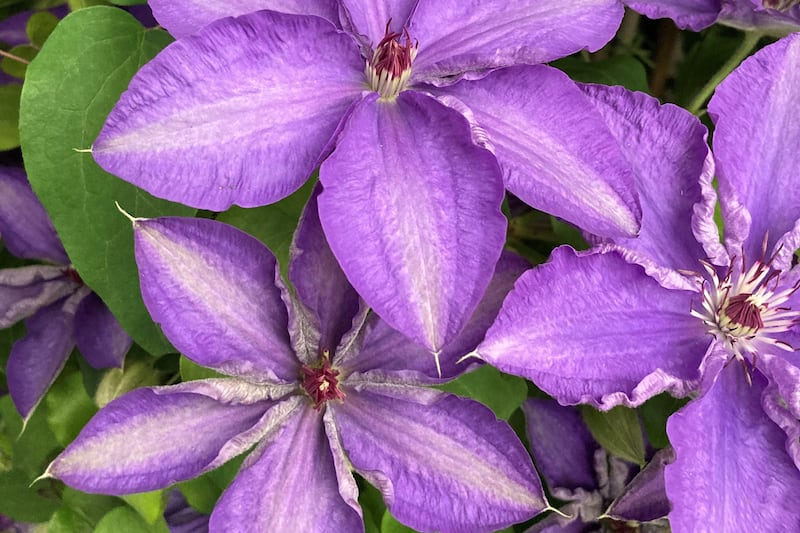This column regularly mentions peat, and by extension peat-free products. I make no apology for it, as the destruction of Irish boglands for the indulgence of what is at the end of the day a hobby is wrong on so many levels. That swathes of our countryside continue to be ‘harvested’ and exported across the Irish Sea to meet the English middle class’s desire for a cheap, free-draining and moisture retentive growing medium is an outrage.
I’m genuinely just surprised we don’t hear more about it, especially from those who would style themselves republicans.
Peatlands are natural boggy habitats that store over twice as much carbon as all the world’s forests combined, as well as being unique ecosystems, with a range of wildlife depending on them. Extracting peat destroys habitats, releases stored carbon and stops peatlands acting as a sponge for the landscape, increasing flood risk downstream.
The use of peat is likely to be either illegal or prohibitively expensive by the end of the decade but in the meantime, it’s up to individual gardeners to decide whether they use it or not.
Ahead of the growing season, the Royal Horticultural Society (RHS) is sharing its peat-free advice, in a bid to encourage gardeners to make one simple behavioural change that will help the fight against climate change.

RHS peat-free transition technician Nikki Barke says: “The start of the growing season presents an opportunity for gardeners to make positive changes for the environment and choosing peat-free compost is a small step with a massive impact.
“While there are some practical differences between using peat-free mixes and peat compost, by following these steps gardeners can continue to get brilliant results with their plants, while helping out the planet at the same time.”
Choose the right compost
In recent years many new peat-free mixes have been developed meaning there is something to cater to every need. It’s important to select a compost that will suit the plants growing in it, whether they’re seedlings or long-term container plants; acid-loving or carnivorous. Check the packaging to see which plants the mix is suitable for and remember, if it doesn’t say ‘peat-free’ then it most likely isn’t.
Water with care
Peat-free mixes will have slightly different watering needs to peat, so gardeners that are used to peat may need to alter their watering frequency and amount. Peat-free composts can also look dry on the surface, making it easy to overwater. When it comes to sowing seeds and root cuttings, use specific seed and cuttings peat-free compost, which have a finer texture.
Feed your seedlings
Seed and cuttings compost contains very few nutrients, so it’s advisable to start feeding once seedlings have produced their first true leaves, and then often enough to keep plants looking healthy. Liquid seaweed feed or similar, or home-made options such as liquid from a wormery are all good options.
Make your own compost
Try making your own compost as a soil improver, to avoid wasting shop-bought compost on borders. Use a mixture of ‘green waste’ such as grass clippings, annual weeds and kitchen peelings, and ‘brown waste’ such as chopped hedge trimmings and shredded cardboard.
Buy peat-free plants
Gardeners looking to buy more sustainably grown plants can use our list of peat-free nurseries in the UK. These nurseries offer a wide range of plant types and are located across the country, with many online options too.








